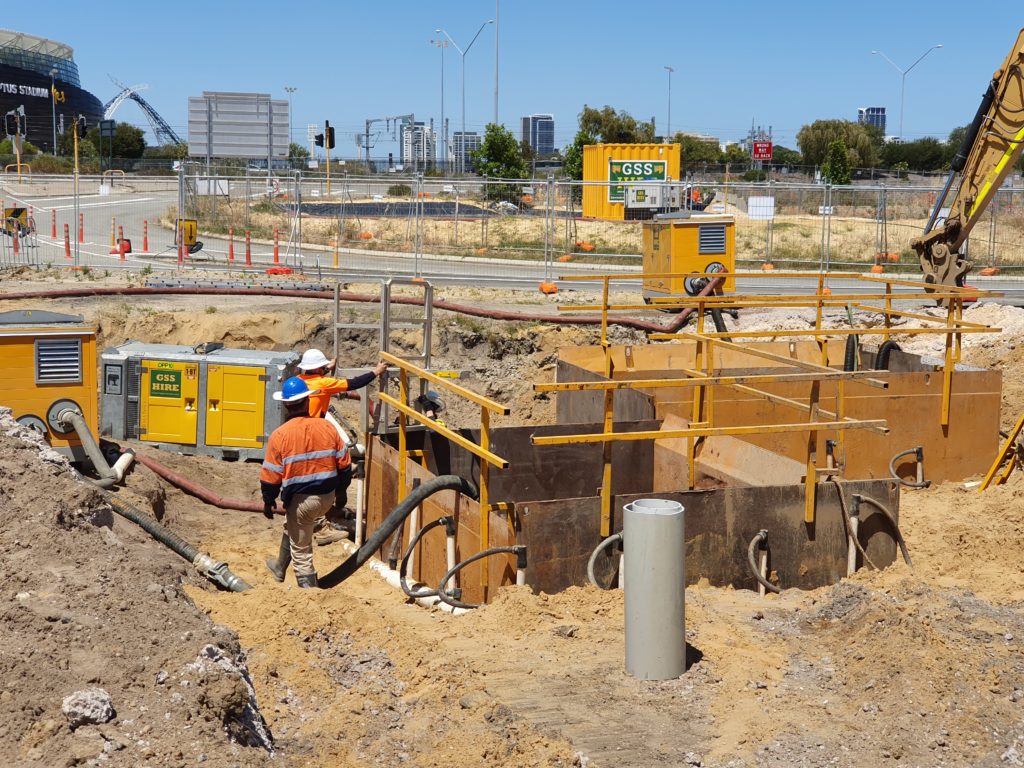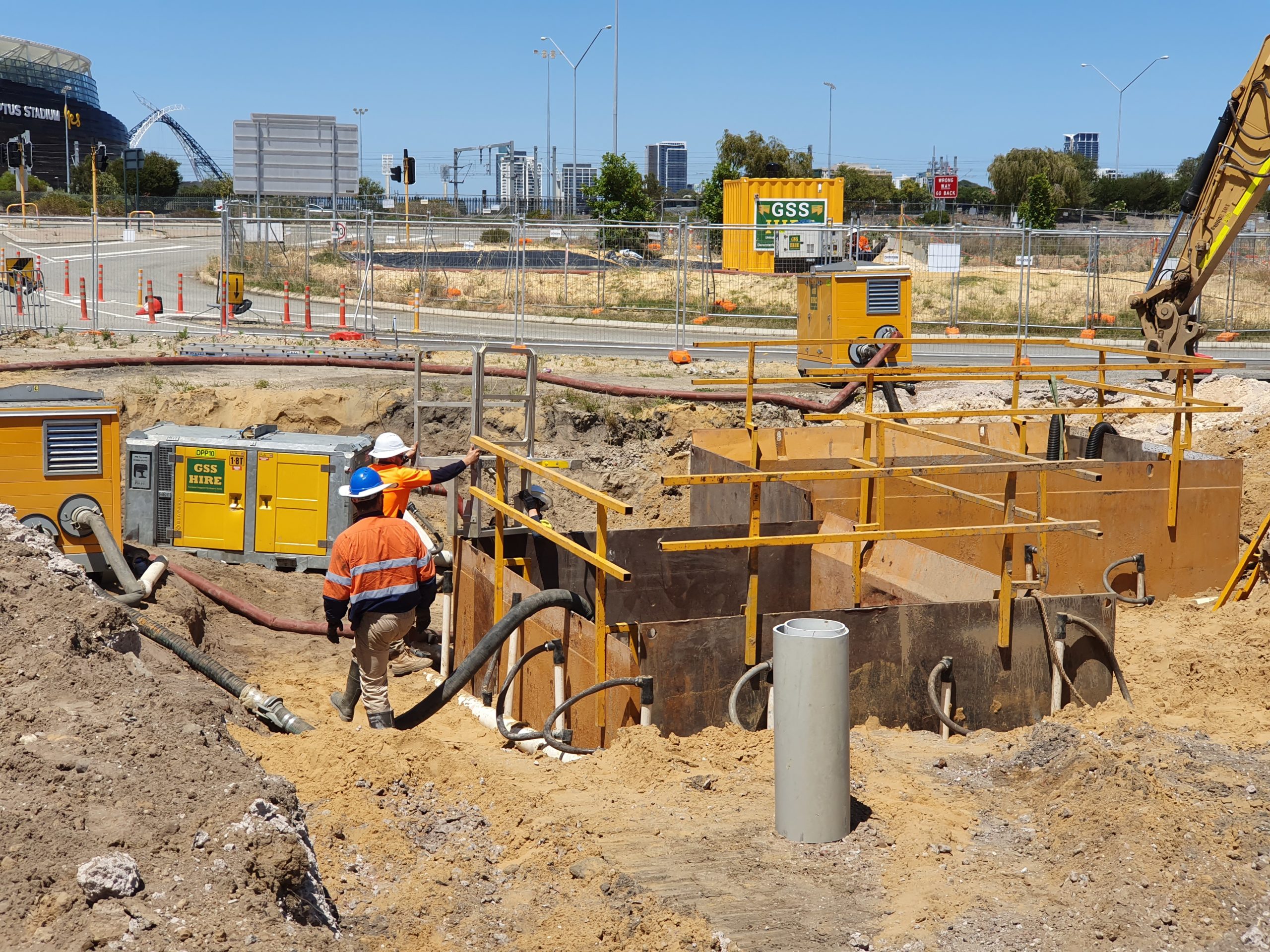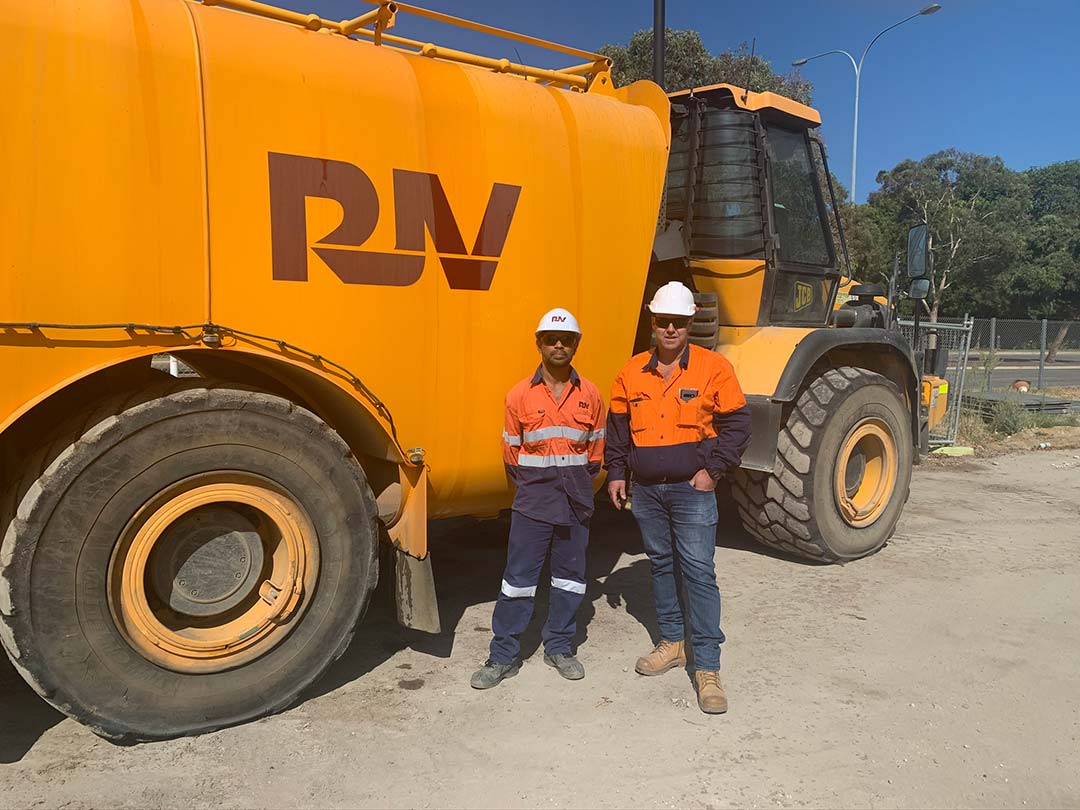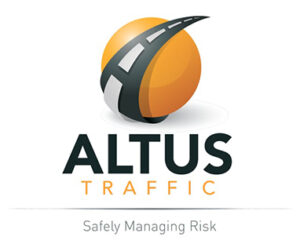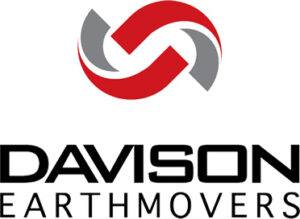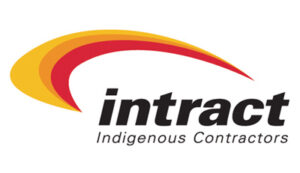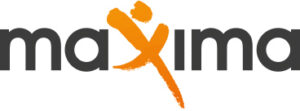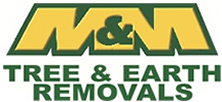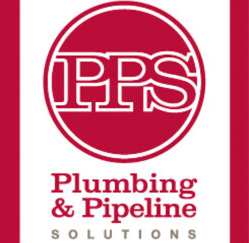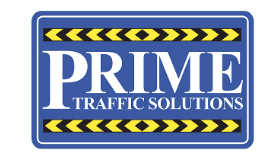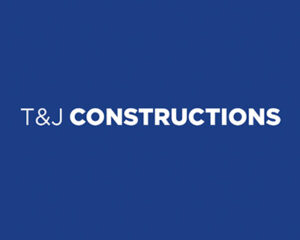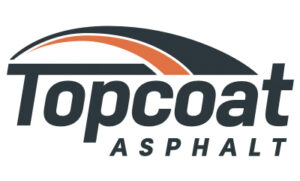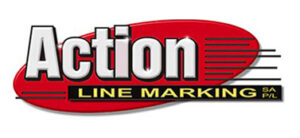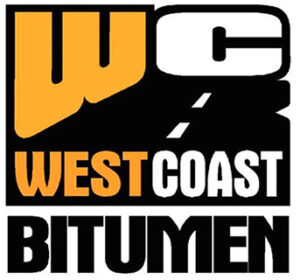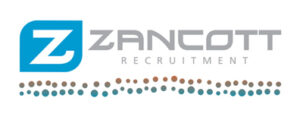Working in and around trenches, tunnels and shafts is arguably one of the most dangerous tasks undertaken in the civil construction industry. However, it is a necessary activity when laying, testing or repairing pipes and conduits, working near bored piers or building a tunnel in the course of constructing an underground railway or road.
Before excavating, filling or partially filling an excavation onsite, a SWMS must be developed describing the specific hazards identified for the high risk construction work. Risks associated with working in or near an excavation range from a person falling into an excavation, being trapped by the collapse of an excavation, being struck by falling objects and being exposed to airborne contaminants.
When carrying out work at an excavation depth greater than 1.5 metres trench support is required through benching, battering or shoring the trench.
Benching – This is the process of excavating a series of steps, with each step no deeper than 1.5 metres and set back enough that if the top level collapses it won’t fall into the bottom of the trench. This is an effective method if there is plenty of space to excavate around the trench and shoring isn’t required as the benching method will protect the workers from being buried in sand or other materials should there be collapse.
Battering – The battering process is similar to benching in the sense that shoring is not required and a large amount of sand/materials and large excavation area are required. Battering is where the excavation is sloped at the angle of repose to provide a self-supporting trench wall.
Benching and battering can be used in a combination of methods as long as the depth that workers are in the trench is never more than 1.5 metres at each level.
Shoring – Shoring is a method of using a shoring box, shield or sheet piling to prevent the trench from collapsing. The trench walls are kept in place with spacers matching the trench with or a hydraulic system to provide even pressure on the walls to prevent the trench from collapsing. Shoring is an excellent engineering control to implement when there is limited space. Installing shoring must be done by workers that are trained in the installation of shoring boxes, an excavator or backhoe operator and spotter are required and a qualified supervisor must be onsite to supervise the high risk activity.
Civil Train run the nationally accredited unit RIICCM210E Install trench support onsite in Perth and regional areas of Western Australia to groups of workers – up to 12 in a group. This onsite training model allows training and assessment to be undertaken in a realistic environment that ensures all of the participants have the skills and knowledge to install shoring and a safe and site specific manner.
TO WORK IN CIVIL, YOU NEED TO TRAIN WITH THE CIVIL EXPERTS!
Don’t hesitate in contacting us today to discuss your specific training needs and incentives that may be available to you.
Phone: (08) 9417 1980
Email: courseswa@ccfsa.com.au
Address: 70 Verde Drive Jandakot WA
RTO 45621

